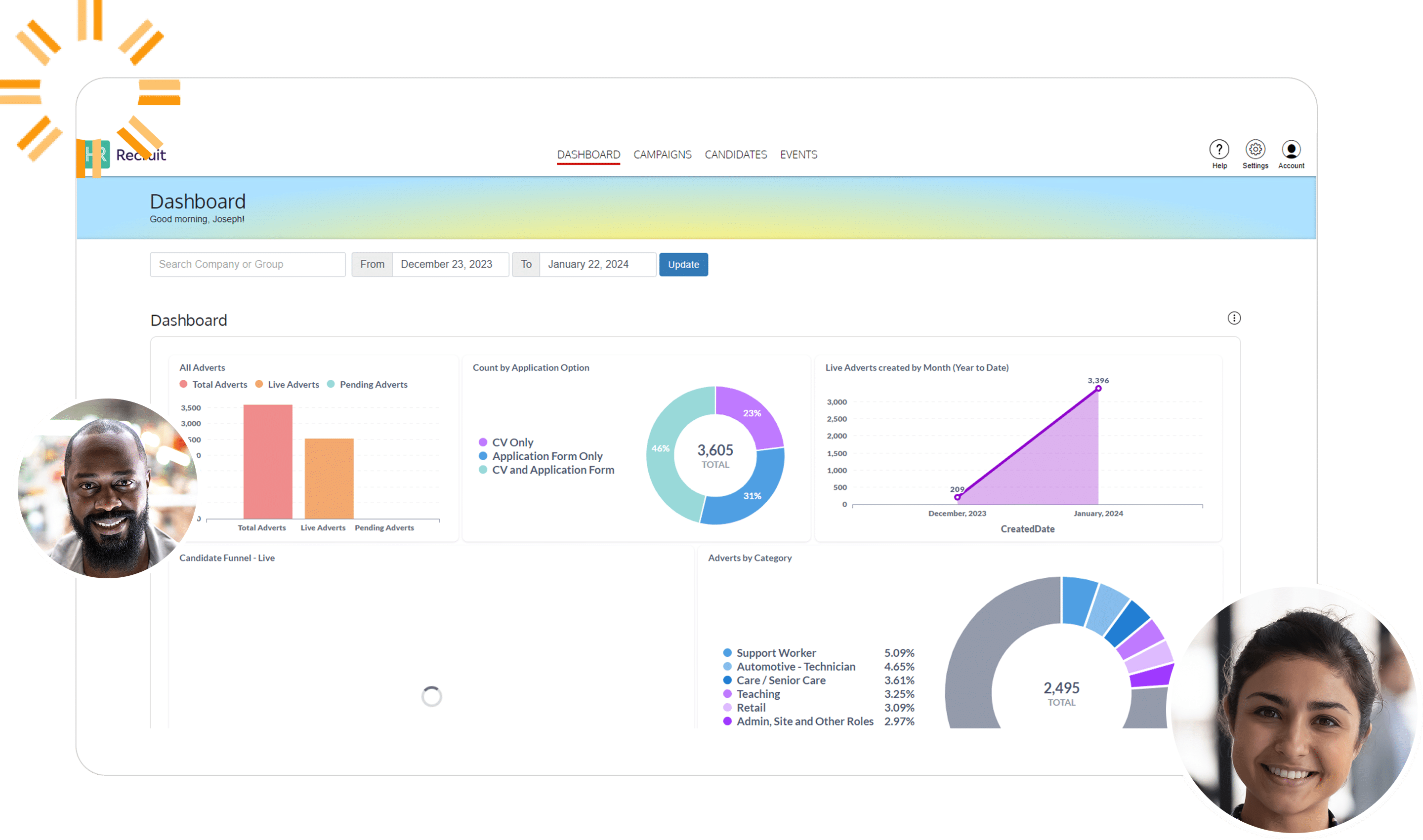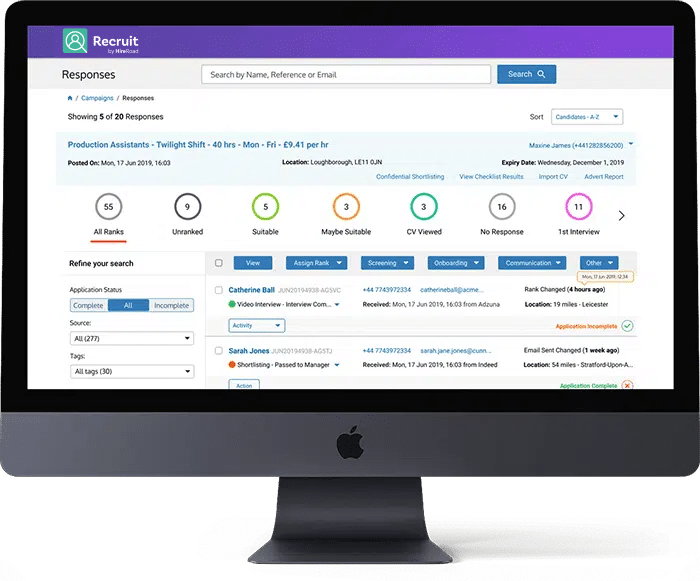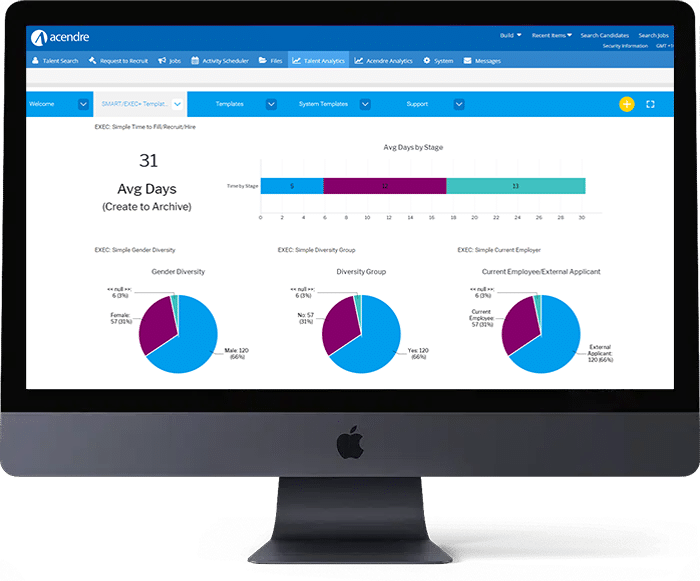Land Top Talent Faster
Automate your recruiting process. Make better hiring simpler and faster for everyone.
![]() Coming Soon! A new and improved version of Recruit by HireRoad
Coming Soon! A new and improved version of Recruit by HireRoad


Deliver a better end-to-end hiring experience

|
Keep your prospects engaged and informed with consistent, on-brand, and timely messaging. |

|
Monitor your candidate pipeline from anywhere. Our mobile-friendly dashboard helps you stay up to date. |

|
Adapt to changes quickly. Create new workflows and configure your own candidate journeys easily. |
See how Aldi Stores transformed their candidate experience
“The whole process is a lot quicker, administration has been reduced, we’re able to respond to candidates quicker and their whole experience of the recruitment process is more positive.“
Kelly Stokes, HR Director, Aldi Stores

Specialized Recruiting Software Built for the Australian Government.
Acendre Recruit provides an innovative, secure, and comprehensive platform that streamlines the entire recruitment and onboarding process for government agencies, public sector entities, and other highly regulated industries. Elevate your talent acquisition process with a trusted recruitment partner, committed to delivering transformative changes and configuration to meet your needs. Available in Australia and New Zealand only.


